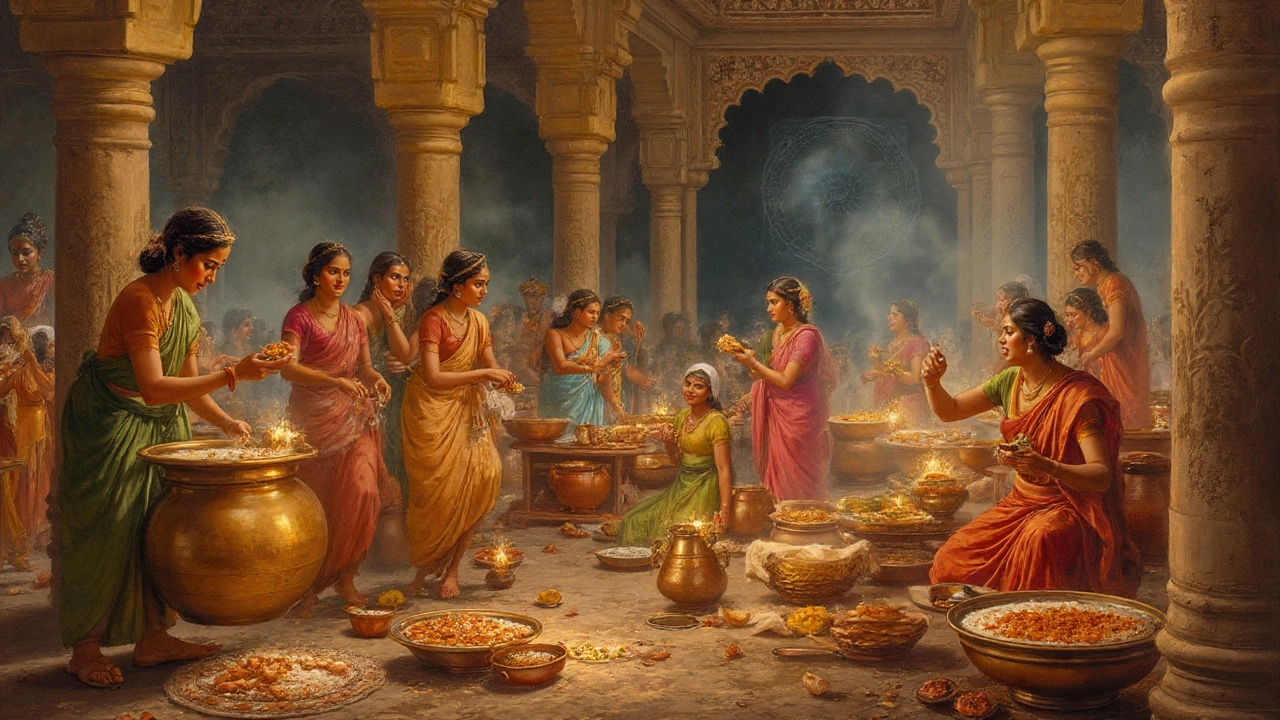Oldest Indian Sweet: History, Recipes & How to Make It
Ever wondered which sweet has survived centuries on Indian tables? The answer is the oldest Indian sweet, a treat that dates back to ancient kitchens and still delights us today. This article breaks down the story behind it, why it matters, and gives you a quick recipe to try at home.
Origins and Legends
Most food historians point to payasam (also called kheer) as the oldest Indian sweet. References appear in ancient Tamil Sangam poems and Sanskrit scriptures over 2,000 years old. Back then, cooks used rice, milk, and jaggery – the three staples that are still easy to find.
The sweet was more than just dessert. Kings served it to celebrate victories, and temples offered it to deities as a sign of devotion. Because it could be made with simple, locally‑sourced ingredients, even poor households could enjoy a sweet treat during festivals.
Another story ties the sweet to the Epic Mahabharata, where a sage prepared a rice‑milk mixture to heal a wounded warrior. That tale helped cement the idea that the oldest Indian sweet is not only tasty but also nourishing.
Simple Recipe to Try at Home
Ready to taste history? Here’s a quick, no‑fuss version of the classic payasam. You only need rice, milk, jaggery, and a pinch of cardamom.
Ingredients:
- 1/4 cup short‑grain rice (washed and soaked 30 minutes)
- 2 cups whole milk
- 1/3 cup grated jaggery (adjust to taste)
- 1/4 tsp ground cardamom
- A handful of cashews or raisins (optional)
Method:
- Drain the rice and add it to a saucepan with the milk. Bring to a gentle boil, stirring often.
- Lower the heat and simmer until the rice softens and the milk thickens, about 15‑20 minutes.
- Add the jaggery, stirring until it melts completely. Taste and add more if you like it sweeter.
- Stir in cardamom and optional nuts. Cook for another 2‑3 minutes, then remove from heat.
- Serve warm or chilled – both ways are traditional.
This recipe stays true to the ancient version while cutting down cooking time. You can swap rice for vermicelli or use coconut milk for a regional twist.
Why try this sweet today? First, it uses natural sweeteners, so it’s a better option than processed candy. Second, the protein in milk and the carbs from rice give you steady energy – perfect for a post‑workout snack or a festive dessert.
If you’re curious about variations, look into South Indian versions that add ghee and fried cashews, or North Indian styles that use saffron for color. Each region adds its own flavor, but the core idea stays the same: a simple mix of rice, milk, and sweetener.
So next time you reach for a modern dessert, consider making this ancient treat. It’s a tasty way to connect with centuries of Indian culinary tradition, and it only takes 30 minutes from start to finish.
Ancient Indian Sweets: The Fascinating Origins of India's Oldest Mithai
Travel back centuries to discover the oldest sweet in India, its flavorful history, and why this dessert still makes hearts melt today.
